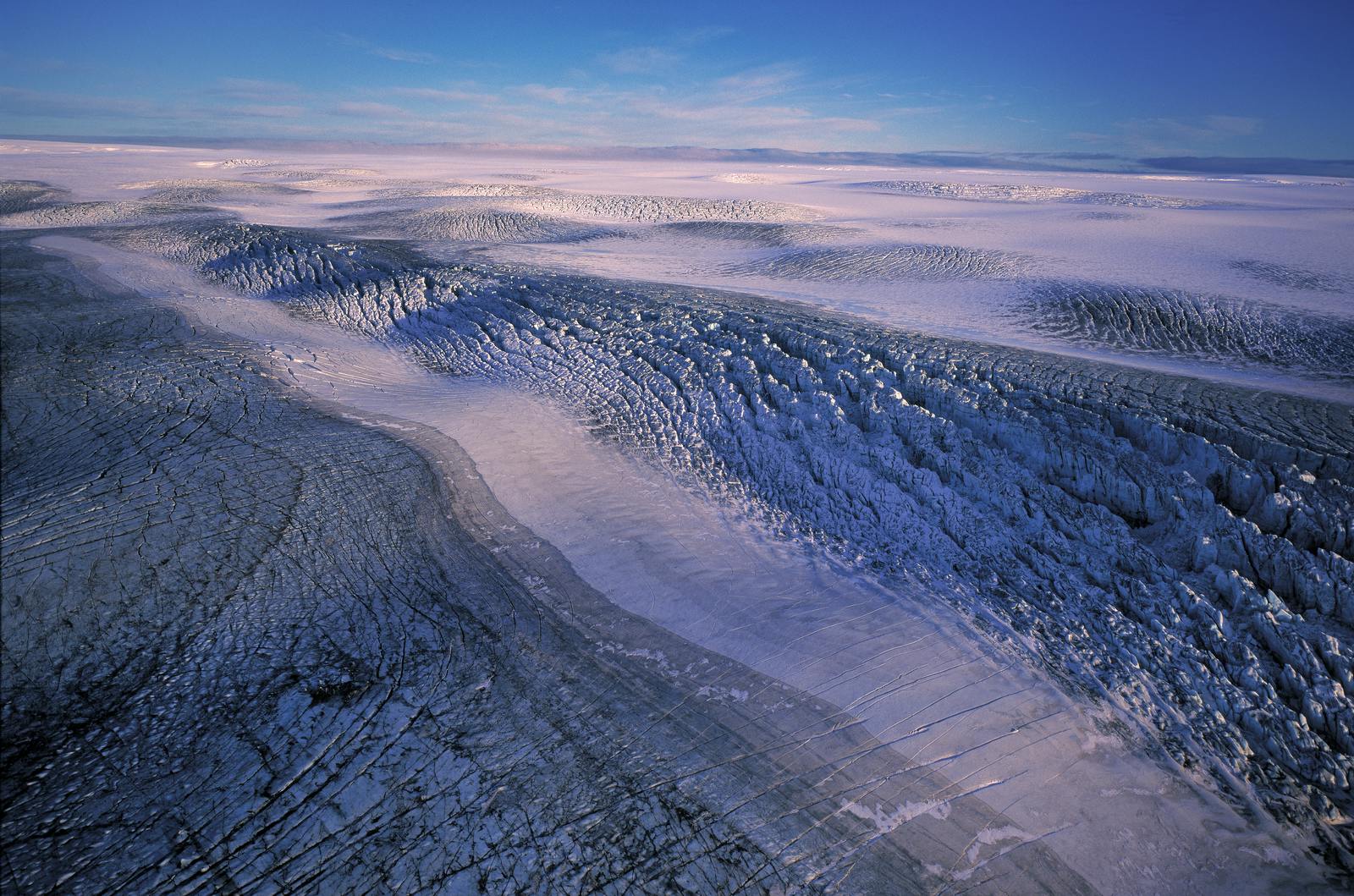
Guide to Tungnaárjökull Glacier
Tungnaárjökull
Tungnaárjökull Glacier stands as one of the 269 glaciers that dot the Icelandic landscape. It is an outlet glacier situated on the western flank of Vatnajökull, in the southern part of Iceland, this glacier spans an impressive width of 17 kilometres with an elevation reaching 1,095 metres. As a broad and lobelike extension of Vatnajökull, Tungnaárjökull plays a significant role in the region's glacial dynamics.
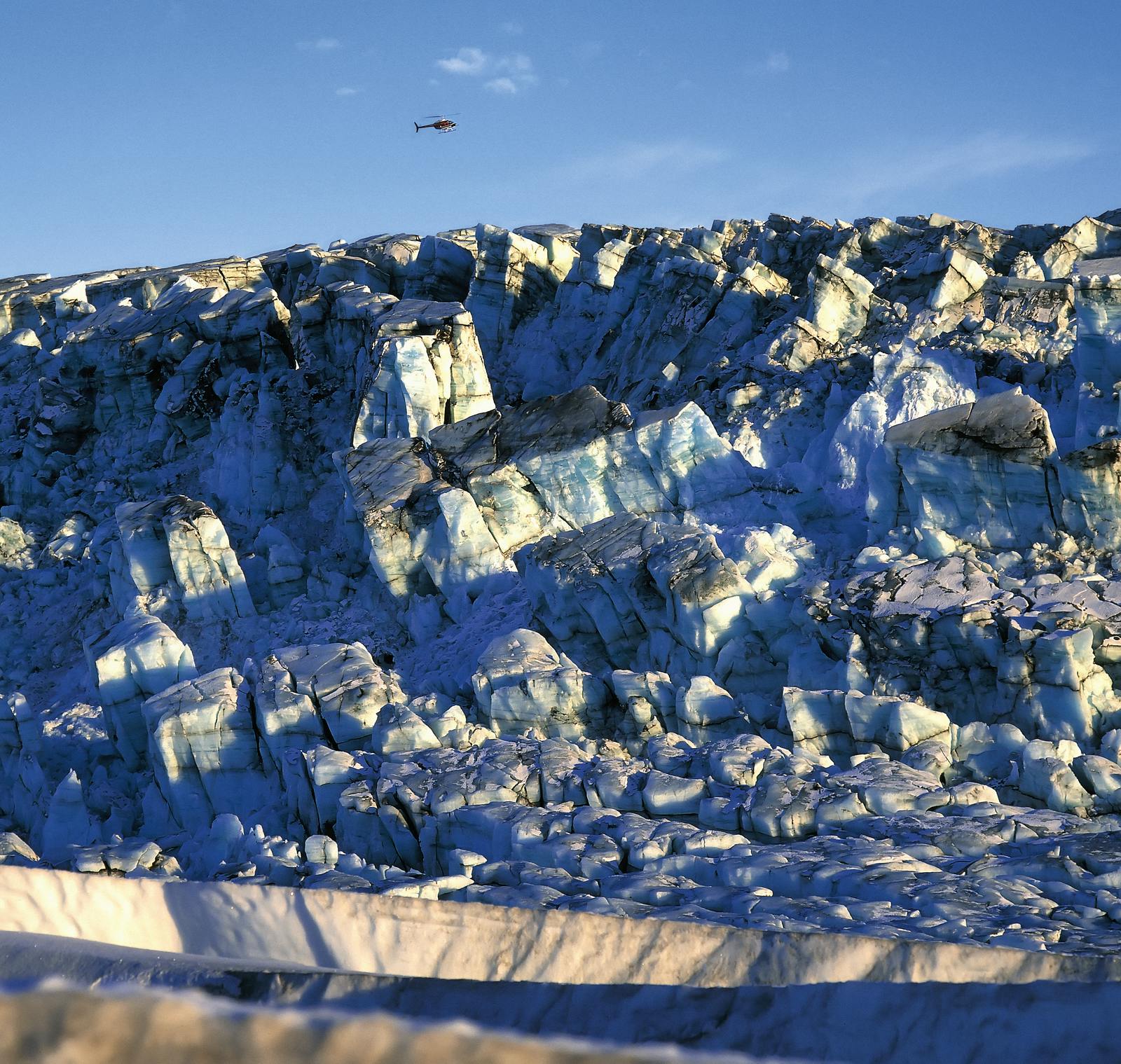
Tungnaárjökull influences the geography and climate of the surrounding areas. The cities in proximity include Hveragerði, Eyrarbakki, Selfoss, Stokkseyri, Hella, Hvolsvöllur, Vestmannaeyjar, Vík, and Kirkjubœjarklaustur.
The southern region around Tungnaárjökull is characterised by mountains and volcanic ridges, with notable features such as the Jökulgrindur volcanic ridges outlining the glacier's boundaries. These volcanic ridges not only shape the glacier's forefield but also leave their imprint on its surface morphology.
Glaciers in Iceland
Perlan Museum in Reykjavík offers an opportunity for visitors to delve into Iceland's unique and breathtaking natural marvels via a range of exhibits and immersive presentations. With a whole exhibition dedicated to Glaciers and Ice Caves, you can learn much more about their impact on the country’s environment and nature. The combination of cutting-edge technology, interactive experiences, and engaging narratives transforms the exhibits into a blend of enjoyable and educational experiences.
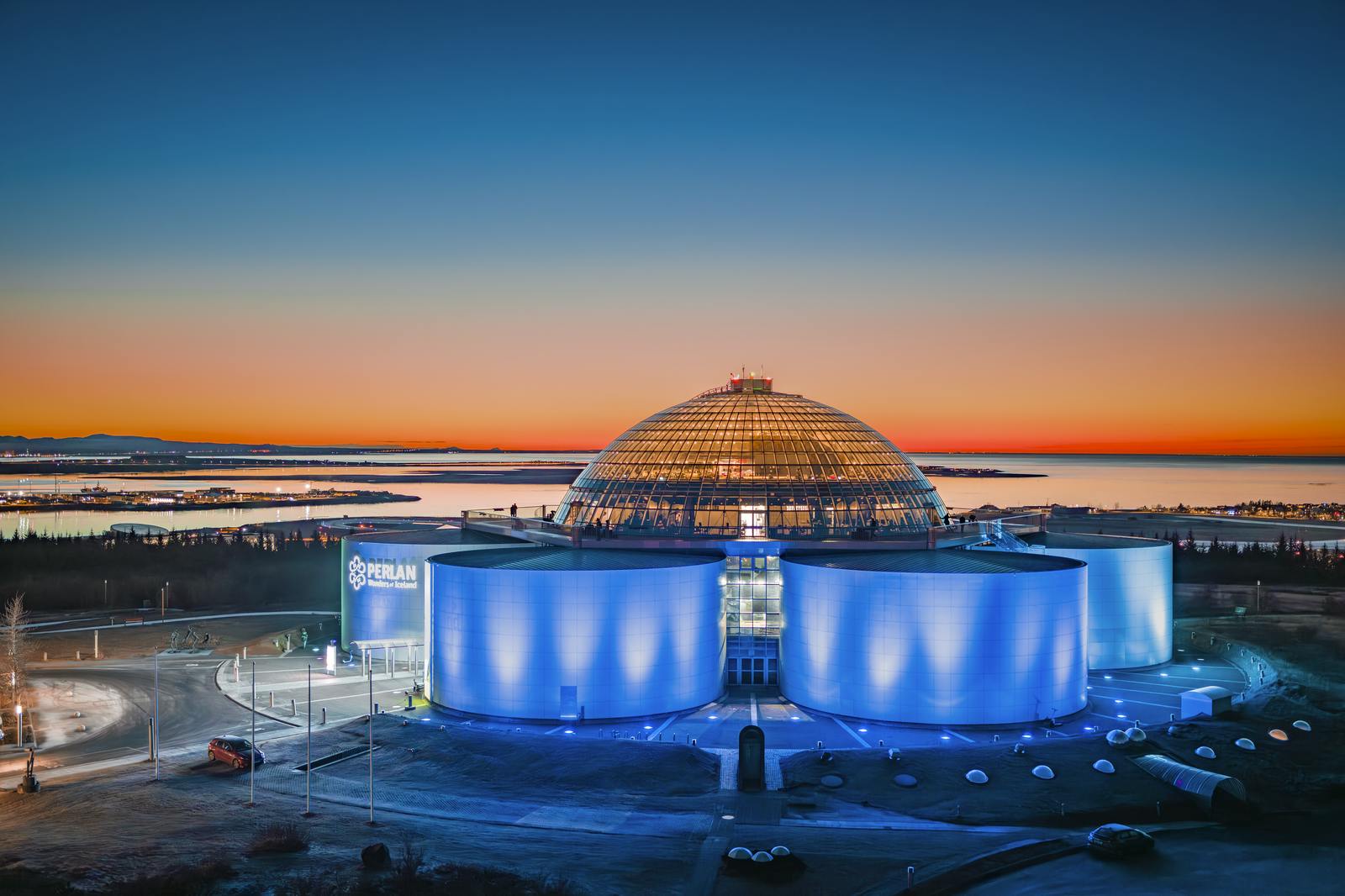
Outlet Glacier
As an outlet glacier of Vatnajökull, Tungnaárjökull is part of the intricate network of glaciers in the region. The glacier's location in the south of Iceland makes it a focal point for scientific study and observation. The distance from the capital city, Reykjavík, to Tungnaárjökull is approximately 190 km via aeroplane.
This glacier functions as a conduit for the meltwater originating from Vatnajökull, Iceland's largest glacier mass and ice cap. The vast size of Tungnaárjökull is a testament to the dynamic interplay of geological forces and climatic conditions in the region. The large river Tungnaá originates in the glacier,
Geological Setting
The geological setting surrounding Tungnaárjökull includes several volcanoes, with Grímsvötn being the prominent one associated with this glacier. Grímsvötn subglacial central volcano stands as the most active volcanic system in Iceland and is situated near Tungnaárjökull. Over the course of Iceland's history, Tungnaárjökull has borne witness to volcanic activity, as evidenced by the tephra record in the glacier. The frequency of volcanic eruptions near Tungnaárjökull experienced fluctuations, with heightened activity during certain periods, notably in the 17th century.
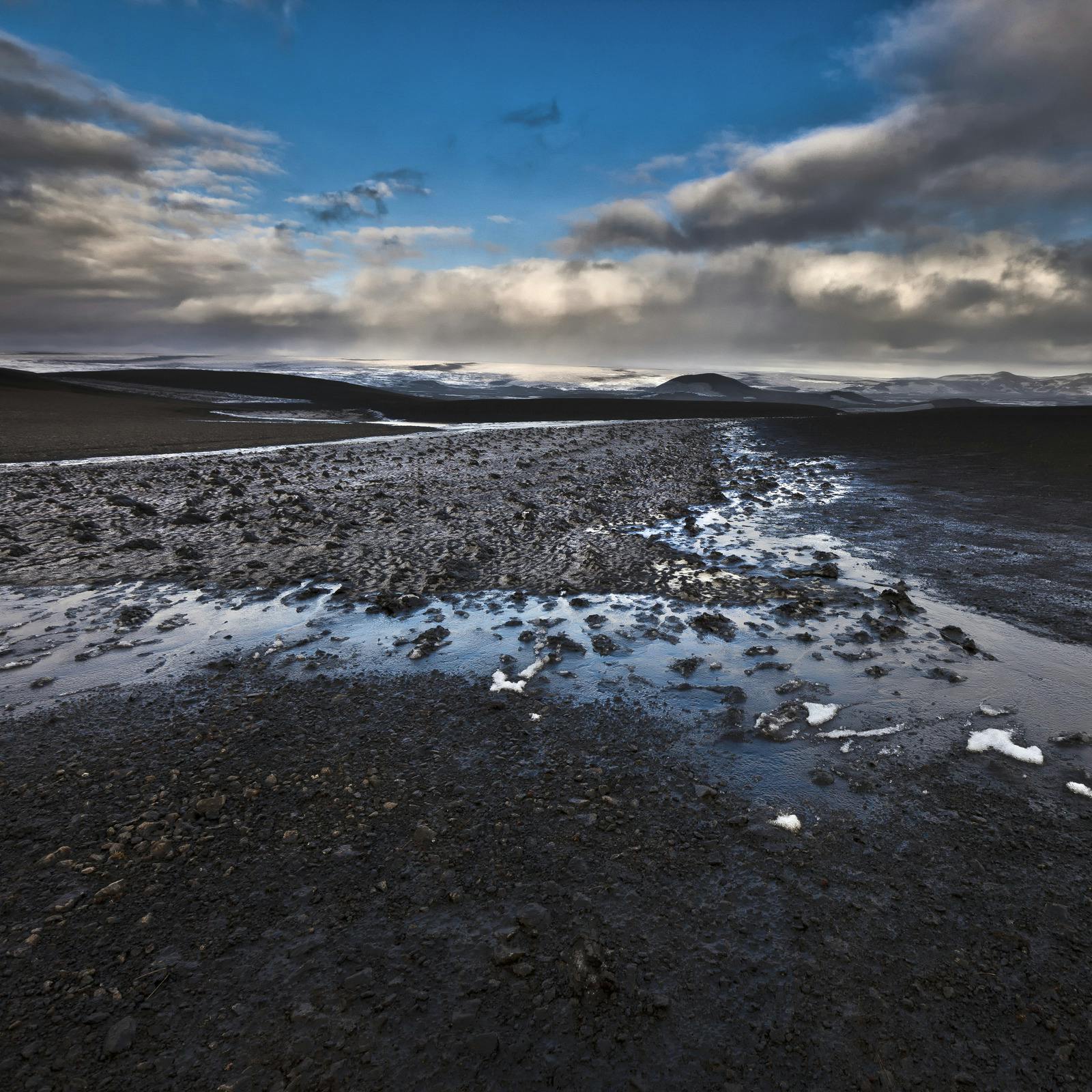
What are the Similar Glaciers in Iceland to Tungnaárjökull?
In comparison to Tungnaárjökull, several other glaciers in Iceland share similarities in terms of their geological features and significance:
- Sólheimajökull: This glacier is an outlet of the Mýrdalsjökull ice cap. It is currently in retreat, as all other glaciers in Iceland, withdrawing at an approximate rate of 100 metres per year.
- Breiðamerkurjökull: Located in the southern part of Vatnajökull, Breiðamerkurjökull occupies sub-glacial valleys that may extend below sea level. Glacial retreat has led to the formation of a lake at its border.
- Múlajökull: An outlet glacier from the Hofsjökull ice cap, situated in the central highlands of Iceland.
- Gígjökull or Falljökull: This glacier is an outlet of the Eyjafjallajökull ice cap and is categorised as an ice fall, denoting its characteristics as an IceFall Glacier.
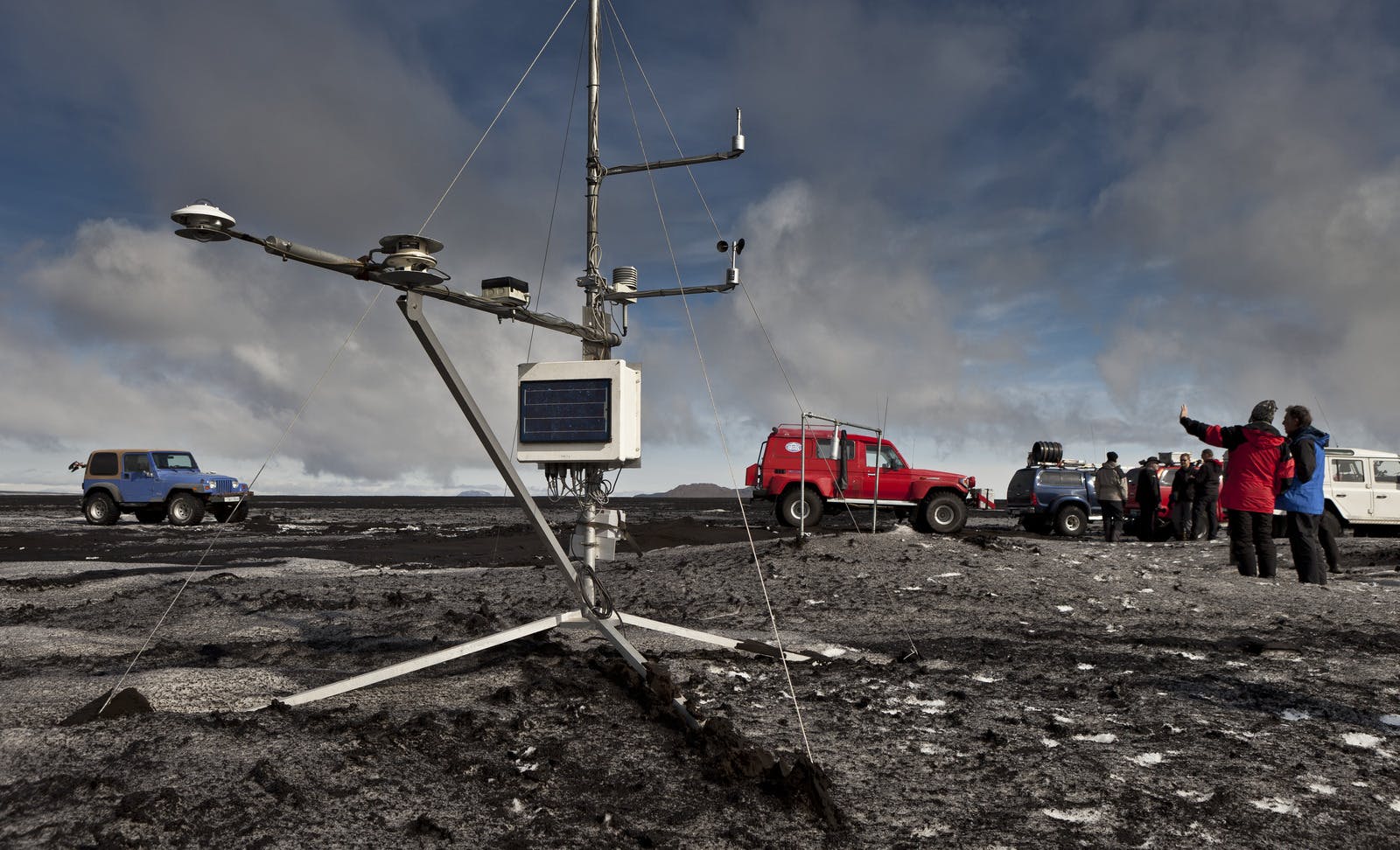
In summary, Tungnaárjökull Glacier is a key component of Iceland's glacial landscape, influenced by geological forces and interconnected with the region's volcanic activity. Its size, geographical location, and surrounding features make it an intriguing subject for both scientific inquiry and environmental exploration.







